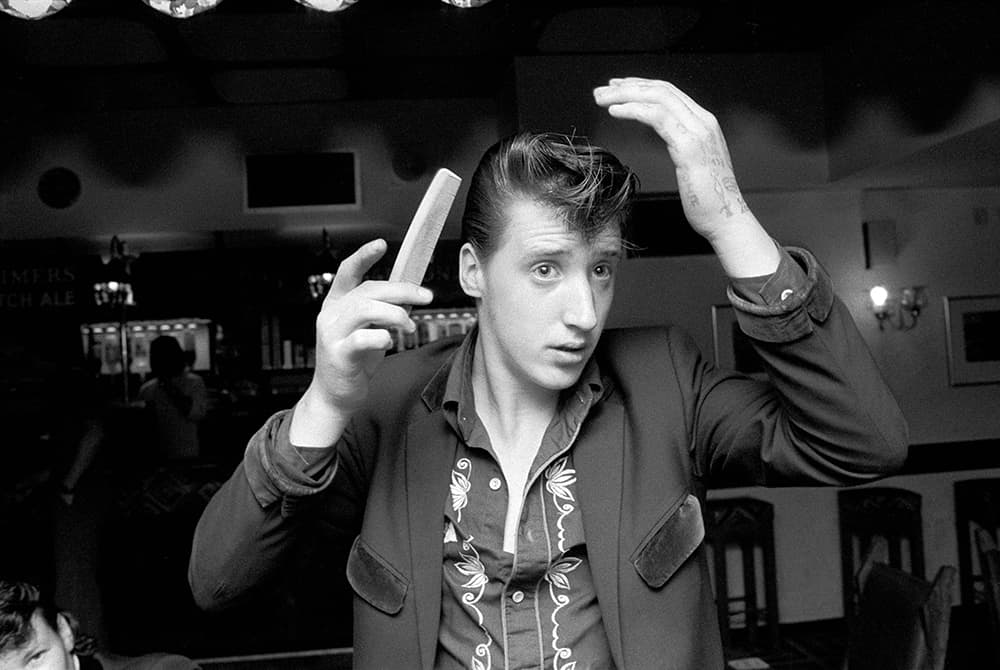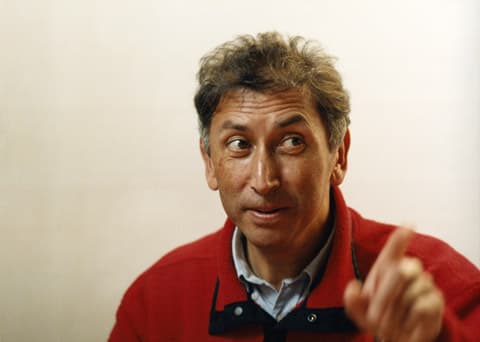AP is sad to report the death of one of the most influential British documentary photographers of the post-war period, Chris Steele Perkins. He was 78 and died peacefully in his sleep in Japan.
Chris Steele Perkins’s death was announced by his wife, Miyako Yamada, on Instagram.
‘His eye has always been kind and sincere towards the people of the Third World, and as well as travelling to Afghanistan, Africa and South America, he has also focused on the subcultures and people’s lives in his home country, the UK, and its typical British scenes.
His research in Japan, his wife’s home country, has also resulted in several collections of photographs. We would like to extend our sincere thanks to all those who love Chris’s photography… His life as a photographer has been exciting, rewarding and enriching.’
Chris Steele Perkins: from the Teds to Tokyo
Born in Burma in 1947, Chris Steele-Perkins moved to England aged two. He originally studied psychology at the University of Newcastle, before moving to London in 1971 and kick-starting his career as a freelance photographer.
Chris was particularly drawn to urban poverty and sub-cultures, exemplified by The Teds, his first solo book published by Dewi Lewis in 1979 (a year that saw an upsurge of interest in youth culture tribes from the 50s and 60s).

After joining Magnum Photos in 1979 and becoming a full member in 1983, Chris started working extensively in the developing world, particularly in Africa, Central America and Lebanon.
He also continued to take photographs in the UK, covering the troubles in Northern Ireland and publishing the Pleasure Principle, a book exploring Britain in the 1980s.
In 1992, he published Afghanistan, the result of four trips over four years, as well as carrying out a long-term photographic exploration of Japan; he then returned his gaze to his home country, publishing England, My England in 2009.
Homer Sykes, another famous British documentary photographer, paid tribute to Chris Steele Perkins. ‘We both started out on our photographic journeys at pretty much the same time, learning how to make pictures that told stories and sold…. We covered many of the same events through the 1970s and early 80s, never together but always in friendly competition. We spent several Christmases together and just enjoyed each other’s work.’







